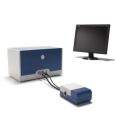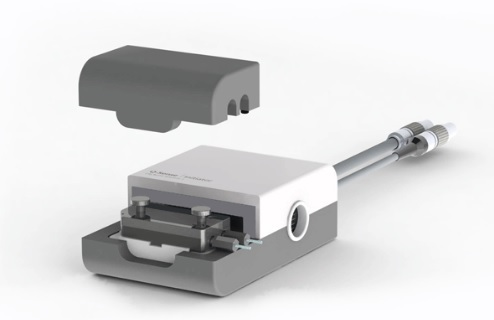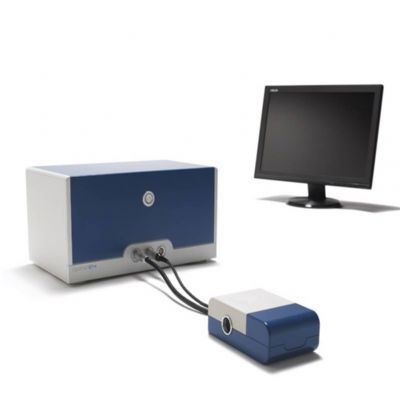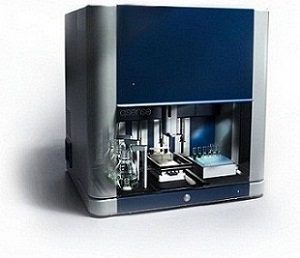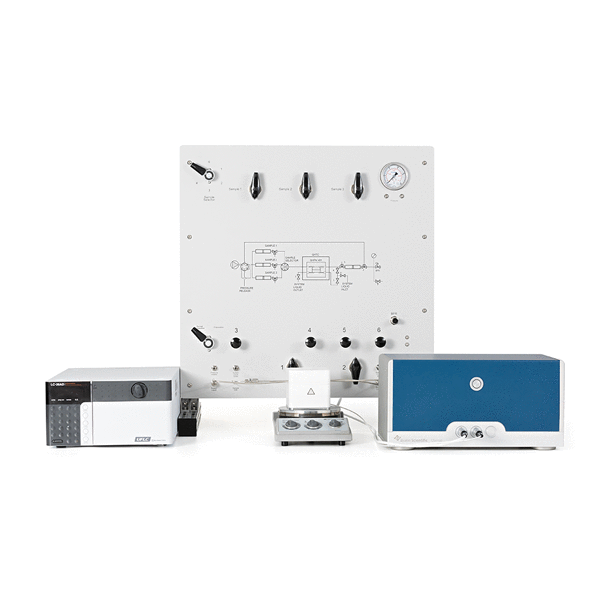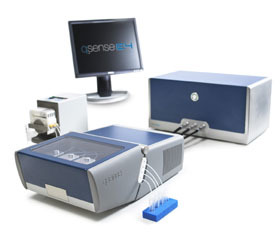
多种不同的表面检测技术可以让我们得知分子膜在芯片表面的形成过程已经薄膜性质。随着技术的日新月异的发展,一种技术已经不能让我们对检测的表面有全面的了解。而多种技术的联用提供了互补的信息,让我们可以对研究的物质有更客观的了解。在本文中论述了如何在一个实验中将QCM-D技术与椭偏技术结合来检测吸附分子层的特性。
方案详情

Biolin Scientific[ Progress Together] [Application Note] 20 Combined QCM-D/ellipsometry setup for real-timecharacterisation of thin molecular filmsSeveral surface sensitive techniques are able to monitor the formation and prop-erties of thin molecular films on a sensor surface. As the complexity of the studiedsystems increases, one technique alone can often not provide all desired insight.Multitechnique approaches provide complementary information, and thus allowfor improved interpretation and/or the identification of artifacts. Comparing datafrom several separate experimental setups, however, is not always straight forwarddue to differences in the experimental conditions. Therefore, merging several tech-niques into the same setup and monitoring events on the same surface is a promis-ing approach. This application note presents how a combined experimental setup ofQuartz Crystal Microbalance with Dissipation Monitoring (QCM-D) and ellipsometrycan augment the measurement of molecular behavior at a sensor surface. Background Both QCM-D and ellipsometry can provide information aboutadsorption events on surfaces and the properties of the resultingfilms. In particular, both techniques can quantify adsorbed massesin real-time. Ellipsometry, being an optical technique, is sensitiveto the mass of adsorbed molecules only, whereas the massdetermined by QCM-D also includes solvent that is coupled tothe film. Thus, a comparison of the masses measured by the twotechniques provides information about the amount of solventin the film. With such an approach, film swelling or collapsecan easily be distinguished from adsorption/desorption events,changes in the solvent content of thin films can be monitored overtime, and other structural or morphological changes of adsorbedfilms identified. Figure 1 shows a schematic figure of the combined QCM-D/ellipsometry setup.QCM-D data, changes in oscillation frequencyof the sensor to acquire information on mass and dissipation datato acquire data on structural properties of the film is measured.Simultaneously, polarized light is reflected at the surface ofthe QCM-D sensor and the changes in its polarization statemeasured. Here, the formation of a supported lipid bilayer fromsmall unilamellar vesicles (SUVs) containing 10% biotinylatedlipids, followed by the specific binding of streptavidin, as well asbiotinylated vesicles, were investigated. [Figure 1]: A setup combining QCM-D and ellipsometry was used to study abuild up of lipid bilayer onto a QCM-D sensor, followed by streptavidin andvesicle binding. Results & discussion Figure 2 shows the adsorbed mass upon exposure of a silica-coated QCM-D sensor to SUVs, followed by streptavidin andadditional vesicles. First, a supported lipid bilayer was formedfrom vesicles that attached to the QCM-D sensor (Fig 2A). Thebi-phasic behavior of the QCM-D mass provides a direct indicationthat vesicles initially adsorbed intact and then ruptured to forma planar lipid bilayer. This transition is not readily visible from theellipsometry data, which only shows a monotonous mass increaseduring bilayer formation. Second, streptavidin bound to the biotin groups that are present on the supported lipid bilayer, as indicatedby the mass increases in Fig 2B. Finally, biotinylated vesicles wereagain added to the streptavidin layer. The absence of a biphasicbehaviour in this step (Fig 2C) provides a first indication thatadsorbing vesicles remained intact. As expected, the massesdetermined by QCM-D(mQCM-D) were consistently higher thanthe ellipsometric masses (mopt), because QCM-D senses thesolvent that is dynamically coupled to and trapped in the film. Arather small mass difference between QCM-D and ellipsometrywas observed for the supported lipid bilayer (Fig 2A), consistentwith expectations for such a planar and solvent-poor structure. [Figure 3]: Amount of coupled solvent (H=1-mopt/mQCMD) for streptavidinbinding as function of the optical mass (=coverage). This can be compared to binding of the solvent filled, intactvesicles,where solvent contributes more than 50% to theQCM-D mass (Fig 2C). The amount of solvent in the adsorbed film can been defined as: The evolution of this parameter over time is shown in Fig. 3 forthe streptavidin binding step. The amount of solvent is displayedas a function of the optical mass, which is proportional to thesurface coverage of the adsorbed species. The dependency islinear over almost the entire range of binding. Conclusions Combination of QCM-D and ellipsometry gives real-time,complementary data about the amount of solvent associatedwith molecular films. In addition to the data presented in thisapplication note, QCM-D can provide information on mechanicalproperties of thin films (viscoelasticity), while ellipsometrycan measure optical film properties (refractive index). Furthermore, the layer thickness can be determined with bothtechniques, and results compared. Thus, parallel QCM-D andellipsometry analysis in the same setup can provide a detailedunderstanding of molecular events taking place at a surface. ( References: ) Bingen, P, Wang, G, Steinmetz, N. F, Rodahl, M, Richter, R. P. Anal. Chem. inpress, and work by R. Richter and S. Stahl at CIC biomaGUNE, Spain, incollaboration with Q-Sense AB. []Q-Sense AN
确定
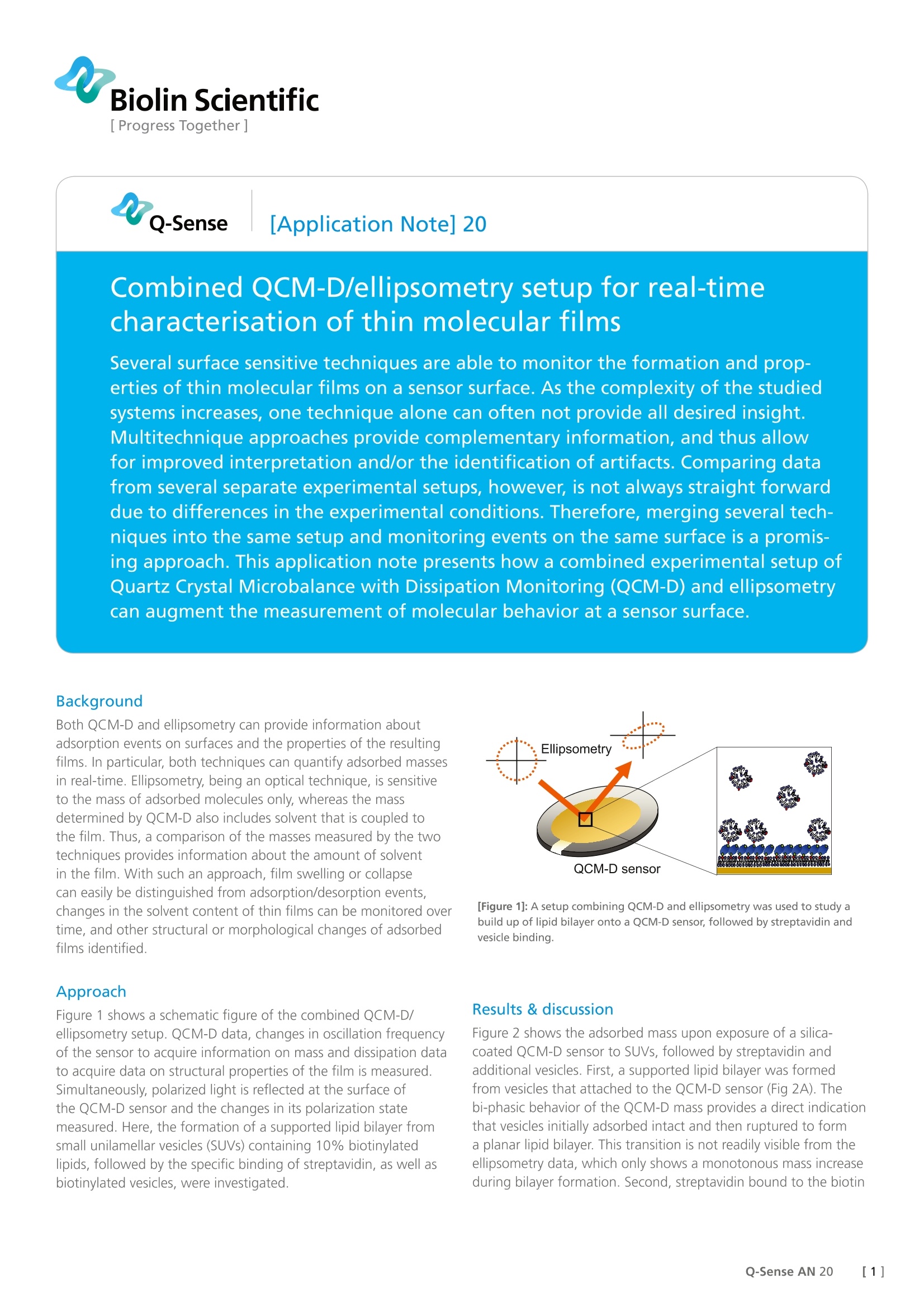
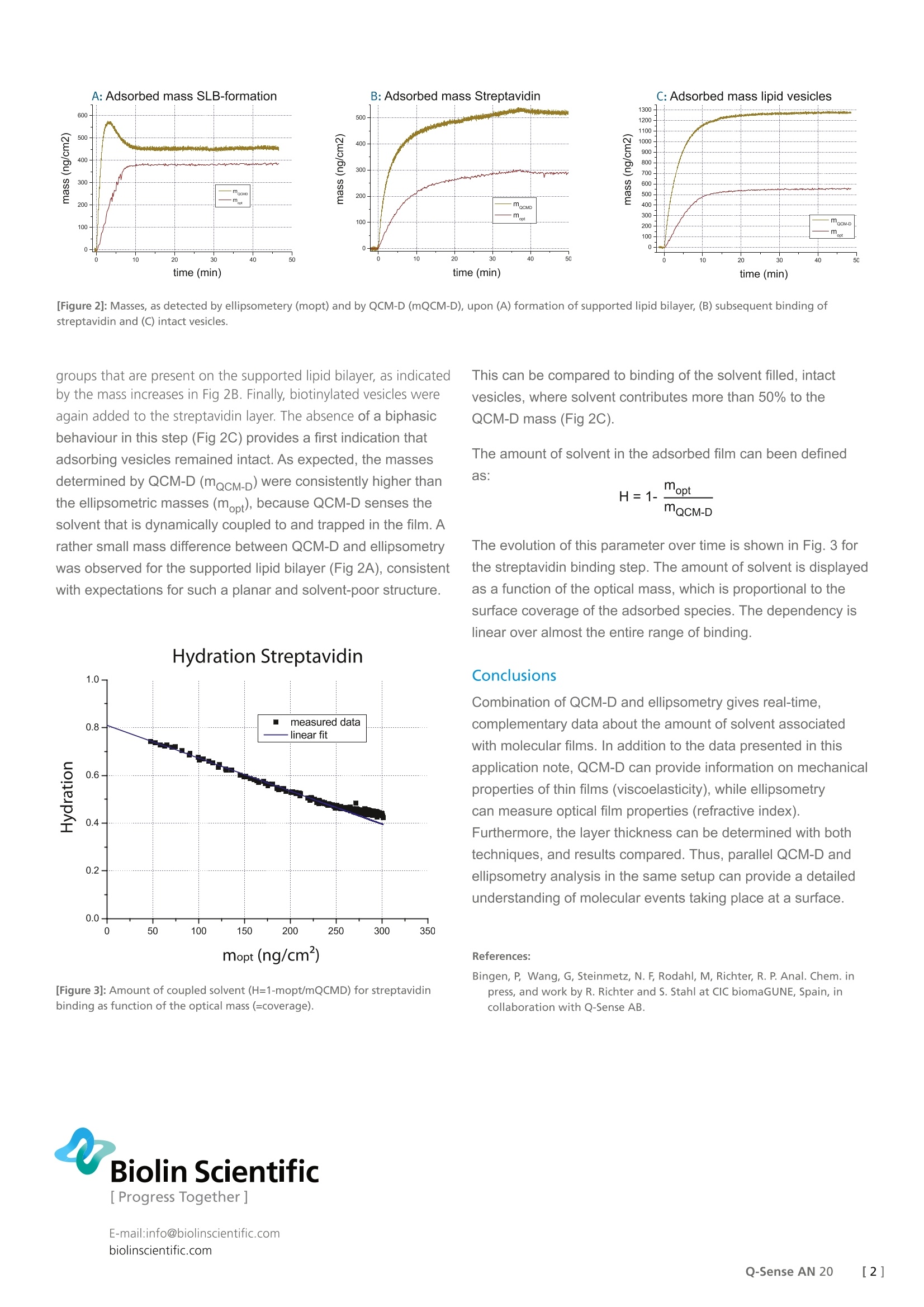
还剩1页未读,是否继续阅读?
瑞典百欧林科技有限公司为您提供《QCM-D和椭偏仪联用检测吸附薄膜》,该方案主要用于其他中--检测,参考标准--,《QCM-D和椭偏仪联用检测吸附薄膜》用到的仪器有QSense卓越版四通道石英晶体微天平、QSense Explorer扩展版石英晶体微天平、QSense全自动八通道石英晶体微天平
推荐专场
相关方案
更多
该厂商其他方案
更多










